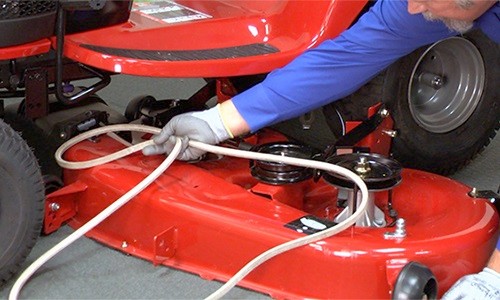Having a flat or partly flat tire on a riding lawnmower can be very uncomfortable. It can affect the mower’s handling and cause it to slip on the surface, making the job very taxing. It also adds unnecessary load on the engine and can cause it to consume more fuel. A flat or partly flat tubeless tire can be caused due to various reasons. This blog post shall investigate these reasons separately and discuss the procedure for inflating a tubeless tire on a lawnmower.
How to inflate a tubeless lawnmower tire? Follow these steps below:
Tubeless tires do not use a separate rubber tube to hold the air in them. The pressurized air is contained inside the tire, enabling it to support the lawnmower’s entire weight, including the person. The air pressure inside the tires can fall due to various reasons. The tire may get punctured by a sharp object causing the air to leak out. Generally, in winters, the low temperature causes the air to condense inside the tires, resulting in a pressure drop. In all these cases, it becomes inevitable to fill the tire with air to ensure a smooth ride.
For further elaboration on the steps mentioned in bold, we recommend going through the entire article.
Contents
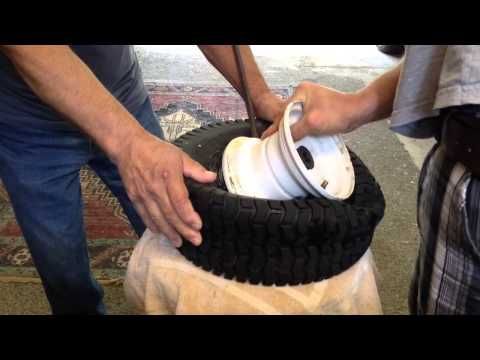 2.1 – Punctured tires:
2.1 – Punctured tires:We shall elaborate on the procedure for inflating a tubeless tire along with other problems that can arise with a lawnmower tire.
There can be two main ways of performing tire inspection. You can inspect the tire visually and see if any tire appears flat and needs repair. You can also determine the air pressure inside each tire and see where you need to pump more air.
You may need a pressure gauge to determine the value of air pressure inside each tire.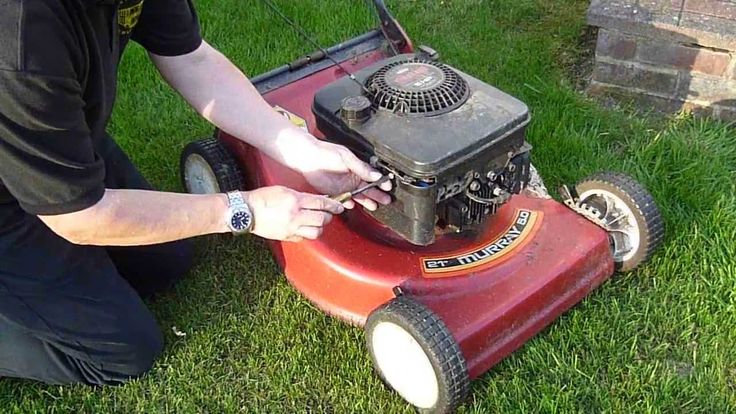 You can do this by attaching the pressure gauge to the valve stem of a tire.
You can do this by attaching the pressure gauge to the valve stem of a tire.
If an air compressor is available to you, it has a pressure gauge installed with it so that you need not purchase one separately. The recommended pressure value is usually mentioned on the side of each tire. If not provided, you can check the manufacturer’s recommended value as listed in the lawnmower’s manual.
Determine the air pressure inside all four tires. If the value falls short of the recommended value by a significant amount, you may need to pump air inside it. We shall come towards that step afterward.
If any tire appears flatter than normal, try to bend over and press it. If you can squeeze it easily, you need to pump air inside it. If a tire doesn’t have adequate pressure, you might get an indication of that while riding the lawnmower.
Also, check for sharp objects such as iron nails, pins, glass splinters on each tire’s tread area. If that is the case, your tire is punctured, and it needs to be repaired before inflating it with air.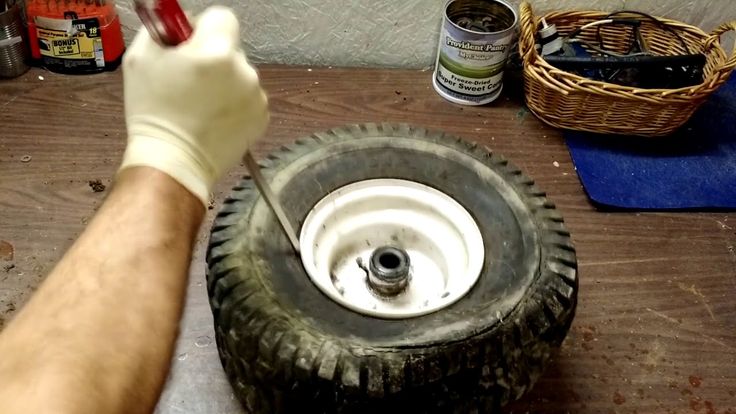
You might come across a situation when the tire has gotten off the rim completely, and the air inside it has escaped. In all these cases, the tire needs to be fixed first before filling it with air.
Here, we shall explain how to fix tires that have either been punctured or have lost contact from the rim. If your tire isn’t damaged, you can move directly to step 3 without following this step.
If a sharp object such as an iron nail is stuck inside a tire, it can cause air leakage. To check if the air is leaking, you can pour soap water at the puncture site and see if any air bubbles are formed. Please be sure that you don’t remove the sharp object from the punctured area until the hole has been fixed.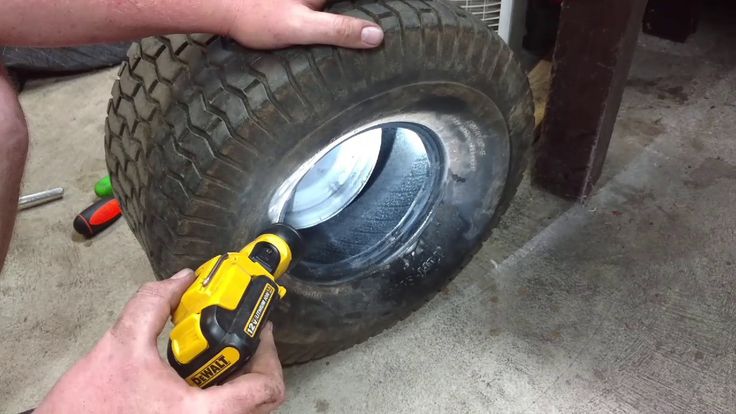 For fixing the punctured tire, you can follow the steps below:
For fixing the punctured tire, you can follow the steps below:

For tubeless tires, it is possible if your tire loses contact with the rim due to a high cornering force and loses all the air. It generally happens when tires have become old and are near the end of their service life. However, if you still want to fix this tire, you can follow the steps below:
It generally happens when tires have become old and are near the end of their service life. However, if you still want to fix this tire, you can follow the steps below:
With the air filled inside the tire, you can remove the rope, and the tire is all set to be used again.
Once the tire has been repaired from any damage, we can now pump air inside it. For this action, you can follow these steps:
A rule of thumb says that the sealant should be replaced after every six months. The sealant tends to dry out with time and can break if the tires are driven on a bumpy surface. In these cases, you don’t need to remove the old sealant unless there are clumps that can be picked out by hand.
Tubeless tires are used in most riding lawnmowers. Such tires do not have an inner tube, and the rim locks their beads in place. They have the following pros and cons:

You should replace your tubeless tires when their treads have worn out completely and no longer provide sufficient traction. When the tire keeps on leaking air right after getting filled or when it has been torn due to a knife or highly sharp object, it should be replaced.
You should check your lawnmower’s tire pressure regularly during the season. We always recommend filling the tires to the prescribed level and not more than that since it may cause the tires to burst. Avoid driving your mower when the tire is flat as it is uncomfortable and loads the engine excessively. If you have ever punctured your tires before, be sure to keep filling them with sealant every six months as the old sealant wears out after that.
We didn't find the posts for that URL.
Excell pressure washers are durable appliances that can handle various cleaning tasks. Despite their ruggedness, all pressure washers sometimes have performance-related faults that can be difficult to troubleshoot and fix. …
Read More about Excell Pressure Washer Problems: Engine Troubleshooting & Repair
Pressure washers by Excell are an excellent cleaning alternative for all domestic and professional applications. Some of the most common issues with pressure washers occur with their pump and the …
Read More about Excell Pressure Washer Problems: Pump & Water Troubleshooting With Fixes
Pressure washers by Powerhorse deliver superior performance for cleaning driveways, sidewalks, vehicles, patios, and much more. Despite their utility, a pressure washer is prone to undergo starting problems, be it …
Read More about Titan Powerhorse Pressure Washer Problems: Engine & Motor Troubleshooting & Repair
A pressure washer by Titan Powerhorse can provide an excellent cleaning job for your domestic and professional applications.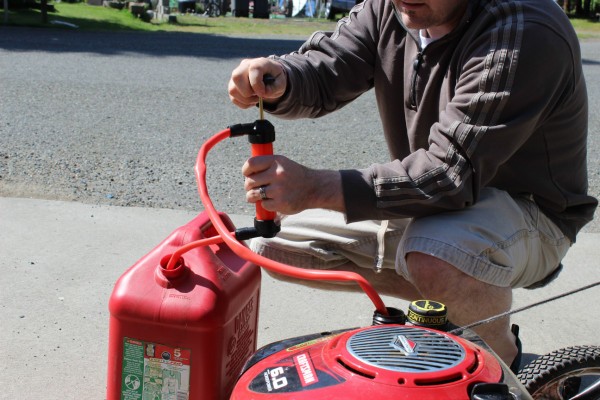 As a pressure washer user, you frequently need to troubleshoot various issues, …
As a pressure washer user, you frequently need to troubleshoot various issues, …
Read More about Titan Powerhorse Pressure Washer Problems: Pump & Water Troubleshooting With Fixes
Hotsy pressure washers are renowned amongst users for their durability and industrial-grade applications. Despite being very few, most of the complaints by users are regarding the pump, water delivery system, …
Read More about Hotsy Pressure Washer Problems: Pump & Water Troubleshooting With Fixes
PowerStroke pressure washers are handy power tools that can be suited for both homeowners and professional cleaners. Most pressure washer users frequently face issues regarding their pump and the water …
Read More about PowerStroke Pressure Washer Problems: Pump & Water Troubleshooting With Fixes
Hotsy pressure washers are well known by users looking for robust and rugged pressure washers.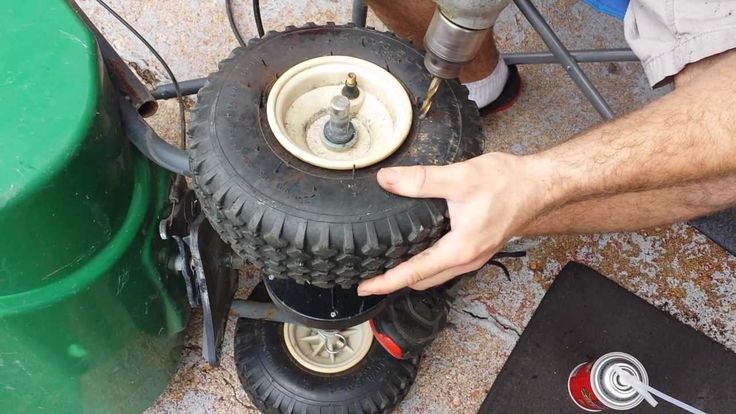 When a pressure washer (gas or electric-powered) faces difficulty starting, most users can find it …
When a pressure washer (gas or electric-powered) faces difficulty starting, most users can find it …
Read More about Hotsy Pressure Washer Problems: Engine & Motor Troubleshooting & Repair
PowerStroke pressure washers are reliable machines that handle all kinds of cleaning jobs. Despite their robustness, almost all types of pressure washers sometimes undergo performance-related issues that can be hard …
Read More about PowerStroke Pressure Washer Problems: Engine & Motor Troubleshooting & Repair
Forks are one of the most straightforward yet efficient garden tools. They are not only helpful in cultivating and preparing the soil for planting and sowing, but they also help to …
Read More about Garden Border Fork: What the pros say
De Walt is a trusted power tools manufacturer that produces gas and electric pressure washers. Despite its reliability, your De Walt pressure washer might occasionally give off some performance glitches …
Read More about De Walt Pressure Washer Problems: Engine & Motor Troubleshooting & Repair
The wheels on an electric scooter must be inflated in an optimal way, and the pressure level varies depending on the load and type of road.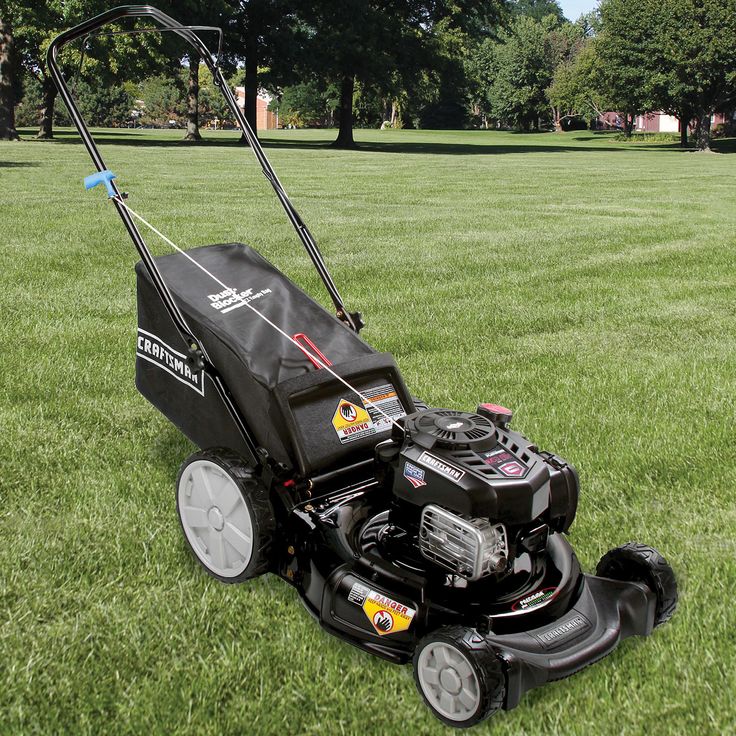 An incorrect indicator will directly affect the comfort of movement, its safety, travel distance and developed speed.
An incorrect indicator will directly affect the comfort of movement, its safety, travel distance and developed speed.
In Russia, tire pressure is measured in Var or atmospheres (ATM). The scale in the manometer must be calibrated in these units. nine0005
High pressure makes tires stiffer. The area of contact with the road is reduced, due to which the speed increases, acceleration becomes more dynamic, and the cruising range increases. Not much, but significant for a scooter.
The downside is that depreciation becomes worse, so it makes sense to pump tires only on good roads, otherwise there is a risk of knocking off your legs or fifth point (if the scooter is equipped with a seat). This is usually done on long trips, especially in sports cars. nine0005
At low pressure, the area of contact between the wheels and the road seems to blur, becomes larger. The force of friction increases. Therefore, it makes sense to deflate the tires when driving on the ground, as well as on wet pavement. In this case, the wheels will brake better, which increases safety.
Therefore, it makes sense to deflate the tires when driving on the ground, as well as on wet pavement. In this case, the wheels will brake better, which increases safety.
Reverse side: speed and travel distance decrease.
For all tires, the manufacturer sets the recommended pressure values. For models designed for scooters, the indicator is selected according to 4 main criteria:
The lower the more inflated the tire is.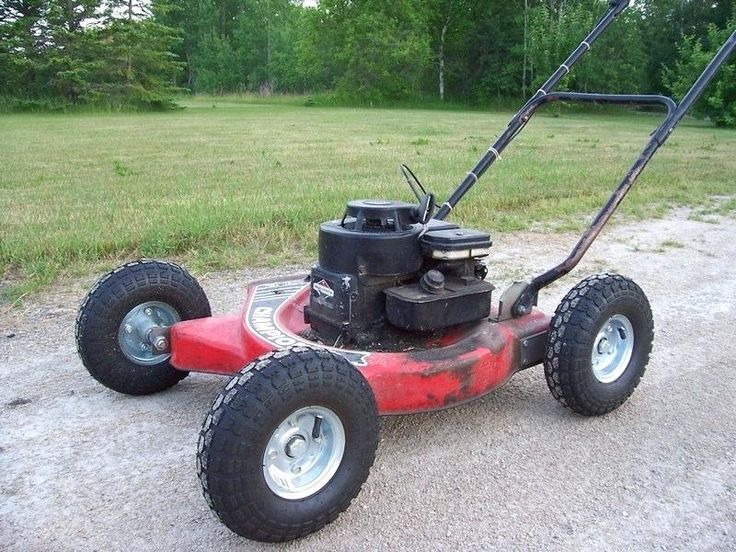 The profile of an overinflated tire curves in a semicircle, reducing the area of contact with the track. The friction force is reduced, making it less difficult for the wheel to roll. Acceleration is also improved, you can drive more on a battery charge. But this is only on asphalt or concrete. If you drive on soft ground, the wheel begins to fall, the contact area and the friction force increase sharply. Paradoxically, a flat tire has less friction on the ground. nine0005
The profile of an overinflated tire curves in a semicircle, reducing the area of contact with the track. The friction force is reduced, making it less difficult for the wheel to roll. Acceleration is also improved, you can drive more on a battery charge. But this is only on asphalt or concrete. If you drive on soft ground, the wheel begins to fall, the contact area and the friction force increase sharply. Paradoxically, a flat tire has less friction on the ground. nine0005
Most scooters do not have shock absorbers and smooth running is ensured only by the elasticity of the wheels.
On these models, if the tires are inflated, then all the shocks will be given to the driver's legs or rear (if there is a seat). On smooth pavement, this is not critical, but on a worse road, you will have to select the optimal degree of pumping, at which it will not shake too much.
Under-inflated tires will spread out, increasing the contact patch with the ground.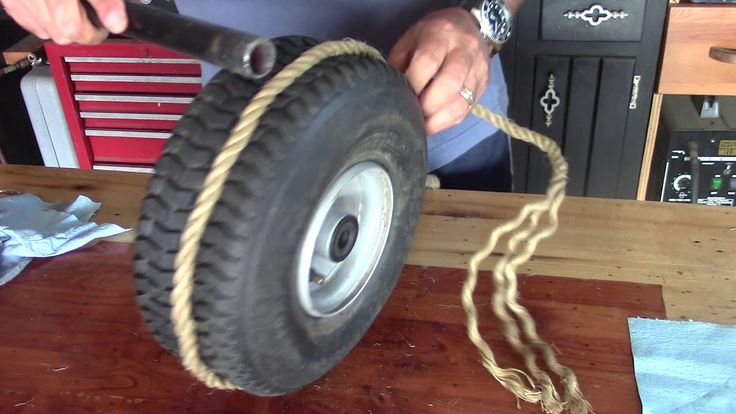 Grip and traction are increased. Thanks to these properties, permeability is significantly increased. nine0005
Grip and traction are increased. Thanks to these properties, permeability is significantly increased. nine0005
It makes sense to reduce the pressure on a dirt or uneven road, asphalt flooded with water. In addition to improved handling and reduced braking distances, under-inflated tires wear less and absorb shock better when overcoming bumps and pits.
Equal tire pressure reduces comfort. If the front wheel is pumped over, then it will become worse to drive the car.
There is only one answer to this question - definitely! The mass of the driver is the determining factor when choosing the pressure in the wheels. So, with a weight of 70-80 kg, it is recommended to inflate tires to a level of 3.5 bar. If the driver weighs less, then this value is large, if the mass is greater, then the increased deformation of the rubber must be compensated for by increased pressure. nine0005
So, with a weight of 70-80 kg, it is recommended to inflate tires to a level of 3.5 bar. If the driver weighs less, then this value is large, if the mass is greater, then the increased deformation of the rubber must be compensated for by increased pressure. nine0005
Be sure to check the tire pressure at least once every 1-2 months, as air is gradually bled through the nipple.
Optimum pressure is selected as a compromise between speed, range and comfort level, safety. We pump - we improve speed and mileage, but worsen convenience and braking. And vice versa.
What pressure should be set in the tires must be indicated in the passport of the electric scooter.
For example, for the Xiaomi Mijia M365 brand, you need to set the following values:
| Weight of rider, kg | Front tire bar | Rear tire bar |
| 50-70 | 2.40-2.75 | 2. |
| 90-90 | 2.75-3.10 | 3.10-3.80 |
| 90-100 | 3.10-3.50 | 3.50-4.15 |
Electric scooters use several standard wheel sizes. They are equal to 6; eight; 8.5; 10, 11, 12 inches.
6-8.5 inch wheels designed for asphalt travel. They are too small to successfully cope with bumps. Small tires have accelerated wear, so it is better to pump them over a little so that the resource becomes longer. nine0005
10-12 inch wheels suitable for dirt roads. To increase the patency, it is better to under-pump them a little.
To summarize everything that is written above, then choosing the optimal pressure for the wheels of an electric scooter, you need to take into account the weight of the driver, as well as where and how the vehicle is used. For movement on high-quality hard surfaces, it is better to pump tires, on rough roads - under-inflate.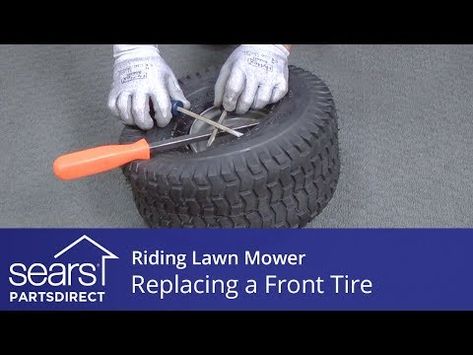 But you need to remember that you can’t lower the pressure too much - this will lead to the fact that the tire will fail faster. nine0005
But you need to remember that you can’t lower the pressure too much - this will lead to the fact that the tire will fail faster. nine0005
If you have problems with an electric scooter and you live in St. Petersburg, then call Lenremont. Don't worry about the time - the dispatcher works 24 hours a day. You can simply order a callback on the site - they will call you back. The positive quality of the masters of Lenremont is that they do not try to breed for extra money. On the conscience they do the repairs that they ordered. But they are always ready to advise, including on what is the best pressure to pump into the tires of your scooter model. nine0005
08 02 2022
Sufficiently inflated tires ensure the safety and comfort of our trips, so it is recommended to check the pressure at least once a month. If it is neither too high nor too low, the tires will wear evenly, provide the best traction, and last as long as possible. Today we will tell you what pressure should be in the tires and explain how to pump them up. nine0005
If it is neither too high nor too low, the tires will wear evenly, provide the best traction, and last as long as possible. Today we will tell you what pressure should be in the tires and explain how to pump them up. nine0005
The most common and obvious causes of flat tires are mechanical damage, punctures or cracks in the wheel rim . Such problems can arise even with very high-quality tires, but if you are going to buy new ones, we have prepared tips for you on which tires to choose.
However, a slight decrease in air pressure does not always indicate a serious problem. Sometimes this is due to temperature fluctuations, and sometimes this is due to small particles of oxygen penetrating into the gaps of the rubber. At the same time, changes are not noticeable for a very long period of time. That is why, to avoid more serious problems, it is important to check pressure changes regularly. nine0005
The damage caused by poorly inflated (or even completely flat) tires is often talked about - increased fuel consumption, faster lip wear, stress and damage to the side structure, risk of rim damage .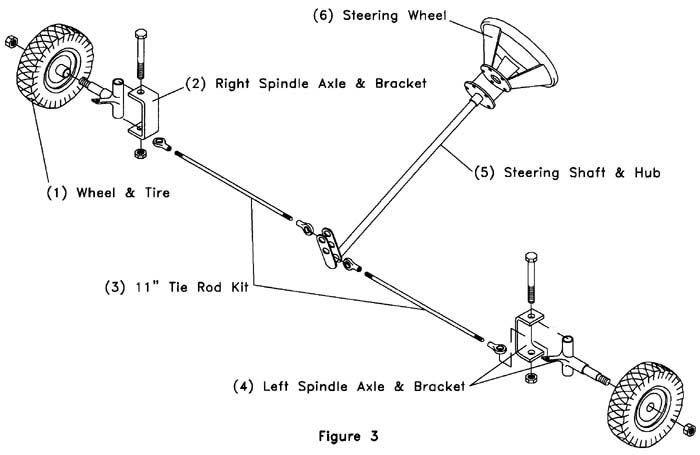 .. No less problems can arise and in the event that you overdo it: traction will deteriorate, rides will not be as comfortable, the center of the tires and the suspension will wear out faster. nine0005
.. No less problems can arise and in the event that you overdo it: traction will deteriorate, rides will not be as comfortable, the center of the tires and the suspension will wear out faster. nine0005
The most suitable pressure depends on the vehicle. If you look in the owner's manual or on the inside of the driver's door, you will find a table with all the most important data. Sometimes it can also be on the threshold or on the fuel tank door. In this case, it is important to pay attention to the units of measurement - pressure can be indicated not only in atmospheres, but also in bars. In this case, before inflating the tires, it will be necessary to convert the corresponding number. nine0005
It is also important to note that the most accurate readings will be obtained when the tires are cold, close to air temperature. That is why it is recommended not to measure tires immediately after long journeys and to buy a pressure gauge on your own, rather than go to a gas station.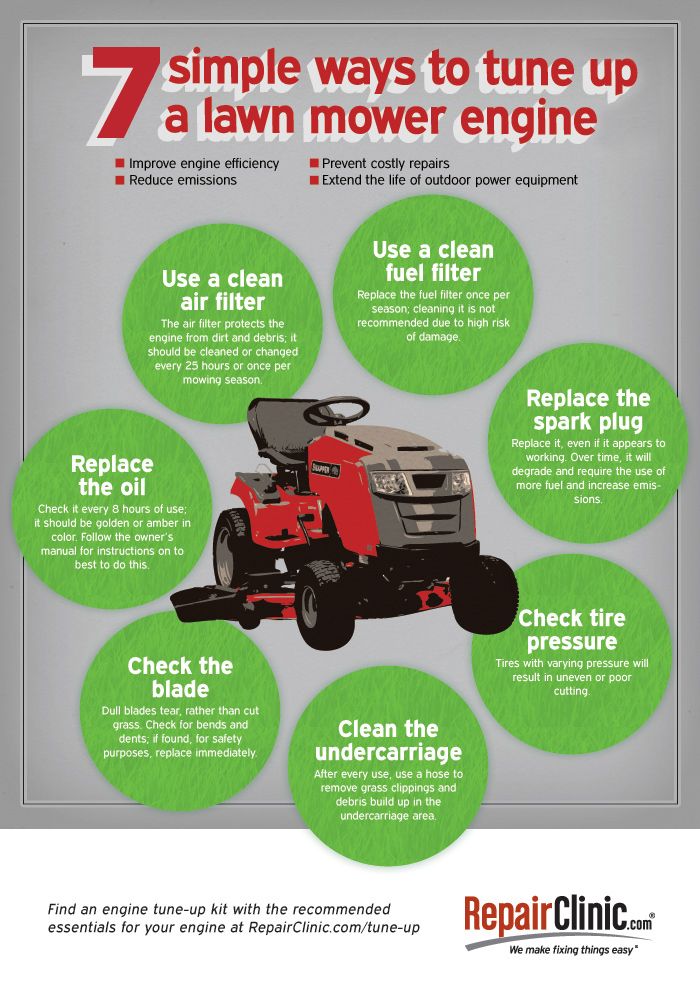 This device is often integrated into a tire inflation pump.
This device is often integrated into a tire inflation pump.
Once you have determined the correct air pressure for your tires, all you have to do is inflate them. This procedure is usually performed at a gas station, but you can apply it elsewhere using the instructions below:
